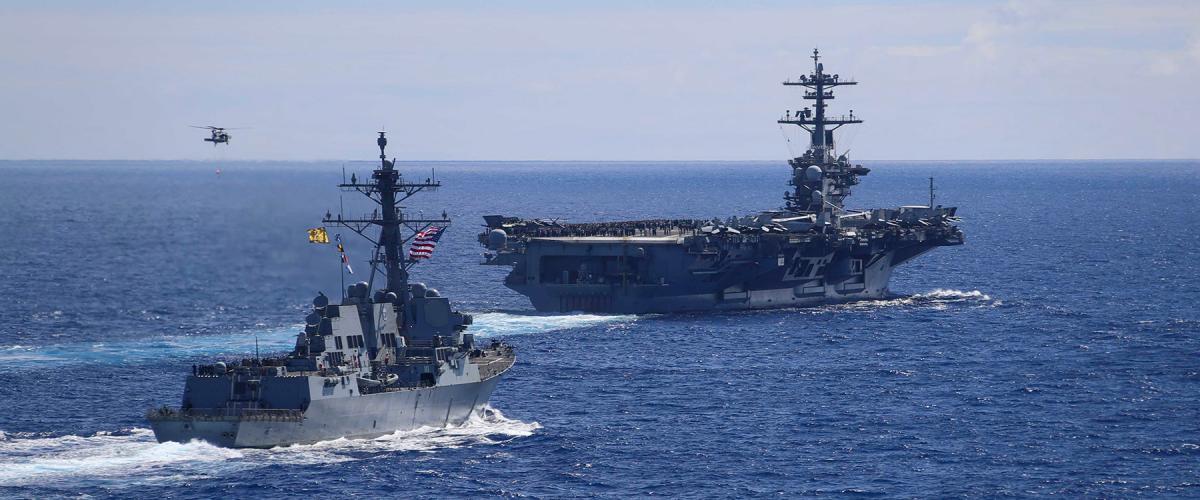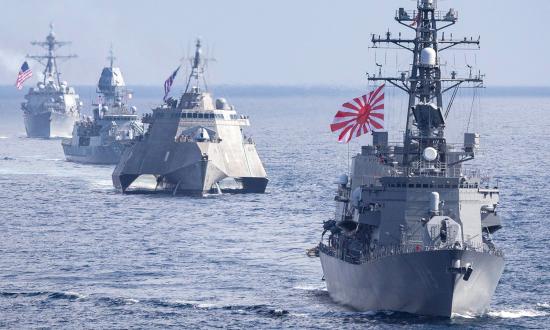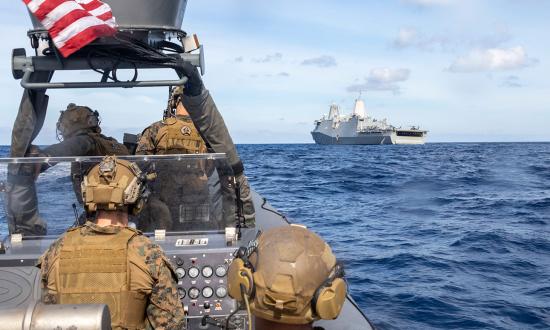My favorite radio show/podcast is Marketplace—a business and economics program hosted by a former U.S. Navy naval flight officer named Kai Ryssdal. As this month’s issue was coming together, I listened to some episodes of the show that reminded me just how rapidly the Venn diagrams of business, economics, information, and the military are converging. It is impossible to read or listen to the news (or Marketplace) and not hear about artificial intelligence, machine learning, advanced chip-making, algorithms, autonomous machines, cyberattacks, deepfakes, and social media. All affect every aspect of our society—including the military—at seemingly increasing speeds of change. Alvin Toffler’s Future Shock is here—we are living it.
Against that backdrop, we dedicate the June Proceedings to information warfare (IW). The three winners of our IW Essay Contest lead us off. Douglas Bryant took first prize with “Get Serious About the Science of Influence,” which tells us the “buzzwords of influence and perception management are everywhere in Washington today, but the national security apparatus has demonstrated no scientific understanding of foreign influence, nor any desire to develop one.” In “Preparing the U.S. Cyber Force for Extended Conflict,” second-prize winners Jason Vogt, Kendrick Kuo, and Dan Grobarcik look to the ongoing conflict between Russia and Ukraine (now in its 28th month) for lessons on how U.S. cyber forces can prepare for extended offensive and defensive operations, at home and abroad. Finally, in his chilling third-prize essay, Marine Corps Major Stone Holden seizes on lessons from the 7 October 2023 Hamas attacks on Israel to describe “The Soft Cyber Underbelly of the U.S. Military.” Holden’s essay is a serious wake-up call for anyone who thinks the risks of social media and cell phones in military settings are manageable.
Other authors also address IW and cyber topics this month. Coast Guard Captain Craig Allen’s “The Coast Guard Must Prepare for AI-Enhanced Disinformation” predicts, “A disinformation tsunami is coming, and the Coast Guard needs to set the heavy weather bill.” In “The Changing Character of Cyber Warfare,” Marine Corps Major Christopher Pickle writes that “perhaps most surprising [aspect of the Russia-Ukraine war] . . . is that offensive operations have not dominated in the cyber domain.”
These are difficult times, and the challenges of new technologies are imposing, but there is also room for optimism. A new crop of ensigns and second lieutenants just graduated from service academies and NROTC units, well-versed in those technologies and ready to tackle the threats. As just one example, every June we publish the winners of the Naval Academy Capstone Essay Contest, which challenges members of the graduating class to write about their service selection. This year’s winners—Ensigns John Pellegrin (aviation), Anna Hoang (surface warfare), Liam Nawara (submarines), and Andrew Mazza (Medical Corps)—demonstrate keen understanding of the tasks ahead of them. Ensign Pellegrin’s look at John Boyd’s OODA Loop is a particularly refreshing take on one of the most-cited military terms of the past several decades. I encourage you to read all four.
Next month’s issue will be our annual focus on naval aviation, copies of which will be distributed to every attendee at the annual Tailhook Symposium “Hook ’24” in Reno in August. As always, we will have a booth at the show and hope to see you there.






